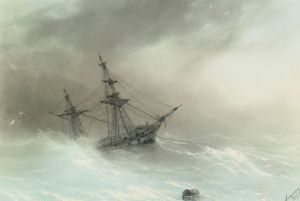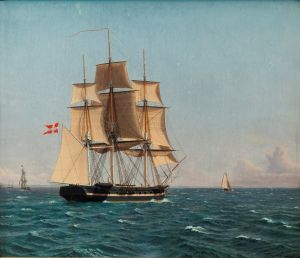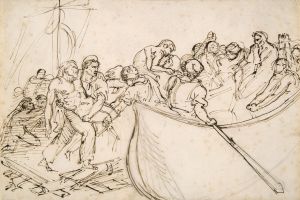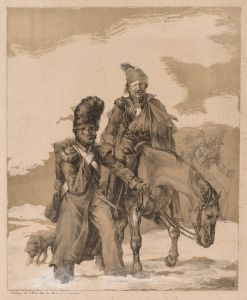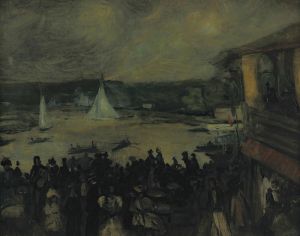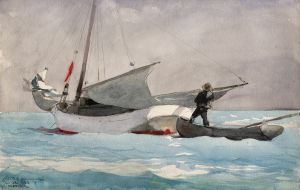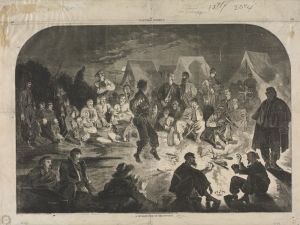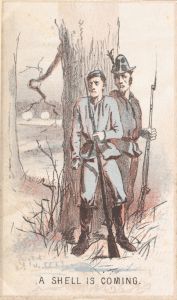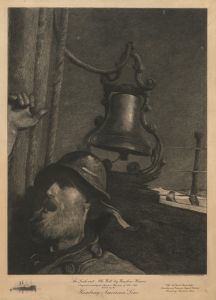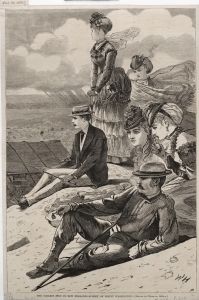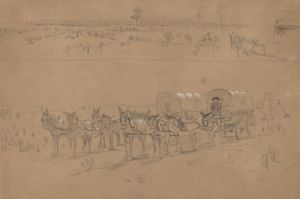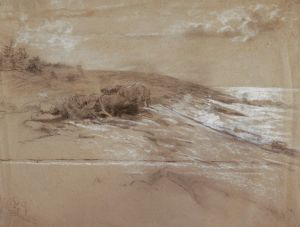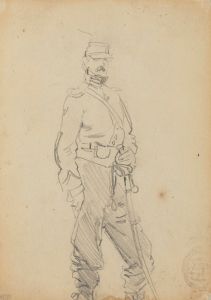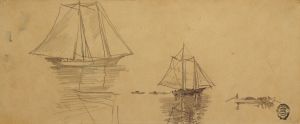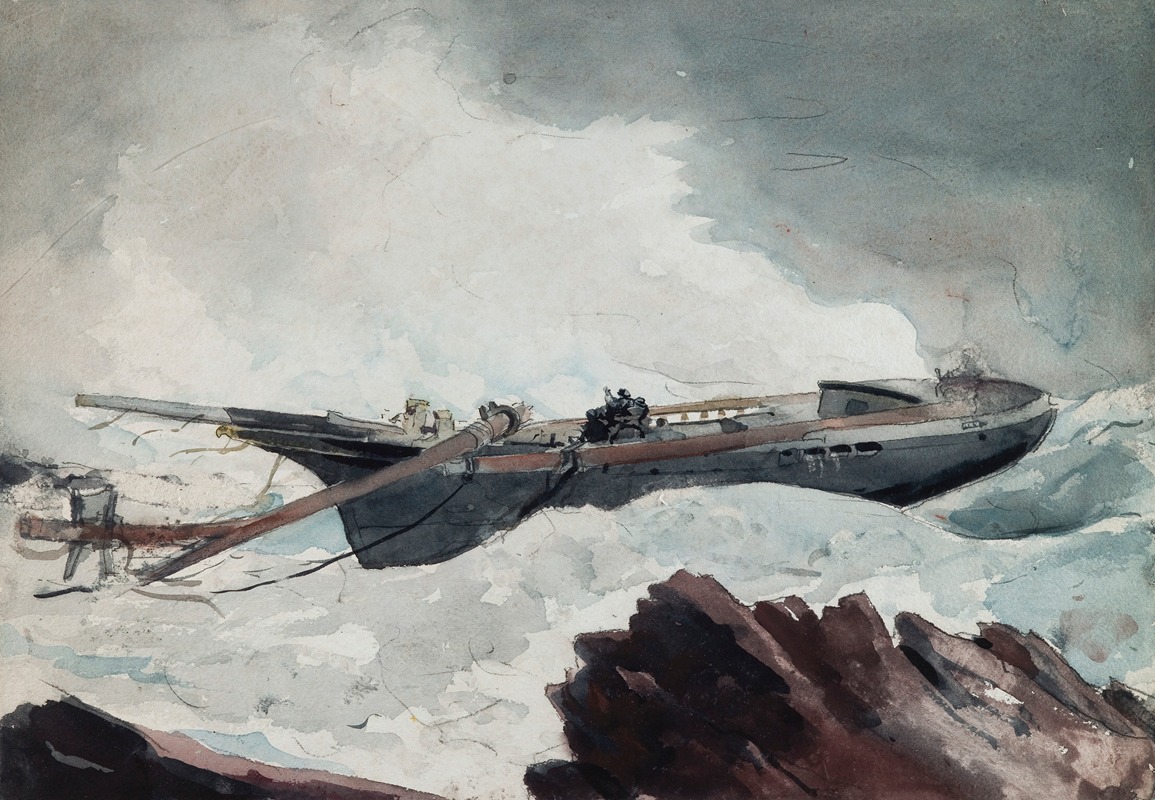
The Wrecked Schooner
A hand-painted replica of Winslow Homer’s masterpiece The Wrecked Schooner, meticulously crafted by professional artists to capture the true essence of the original. Each piece is created with museum-quality canvas and rare mineral pigments, carefully painted by experienced artists with delicate brushstrokes and rich, layered colors to perfectly recreate the texture of the original artwork. Unlike machine-printed reproductions, this hand-painted version brings the painting to life, infused with the artist’s emotions and skill in every stroke. Whether for personal collection or home decoration, it instantly elevates the artistic atmosphere of any space.
"The Wrecked Schooner" is a painting by the renowned American artist Winslow Homer. Created in 1880, this work exemplifies Homer's fascination with the sea and maritime subjects, which became a central theme in his later career. Homer is widely recognized for his realistic and often dramatic portrayals of the American landscape and seascape, and "The Wrecked Schooner" is a testament to his skill in capturing the raw power and beauty of nature.
The painting depicts a schooner that has run aground, its broken hull and tattered sails indicating the severity of the storm that led to its demise. The scene is set against a tumultuous sea, with waves crashing against the wreckage and the sky filled with ominous clouds. Homer's use of color and light in this painting is particularly striking, with the dark, stormy sea contrasting sharply with the lighter tones of the schooner's sails and the foam of the waves.
"The Wrecked Schooner" reflects Homer's deep understanding of the sea and his ability to convey its many moods. The painting is not just a depiction of a shipwreck; it is a powerful narrative about the struggle between man and nature. The viewer can almost feel the force of the wind and the spray of the sea, and there is a palpable sense of danger and drama in the scene.
Winslow Homer was born in Boston, Massachusetts, in 1836, and he began his career as a commercial illustrator before turning to painting. He gained early recognition for his depictions of the Civil War, but it was his later works, focusing on marine subjects, that solidified his reputation as one of America's greatest artists. Homer's time spent in coastal communities, particularly in Maine and the fishing village of Cullercoats in England, greatly influenced his work and provided him with a wealth of material for his seascapes.
"The Wrecked Schooner" is part of a larger body of work that includes other notable paintings such as "The Gulf Stream" and "Breezing Up (A Fair Wind)." These works share a common theme of man's interaction with the sea, whether it be through the peril of a shipwreck or the simple joy of sailing. Homer's ability to capture the essence of these experiences has made his maritime paintings some of the most celebrated in American art.
Today, "The Wrecked Schooner" is held in a private collection, and it continues to be admired for its technical mastery and emotional impact. Winslow Homer's legacy as a painter of the sea endures, and his works remain a vital part of the American artistic canon. His paintings not only document the physical reality of the maritime world but also explore the deeper, often existential, relationship between humans and the natural environment.





